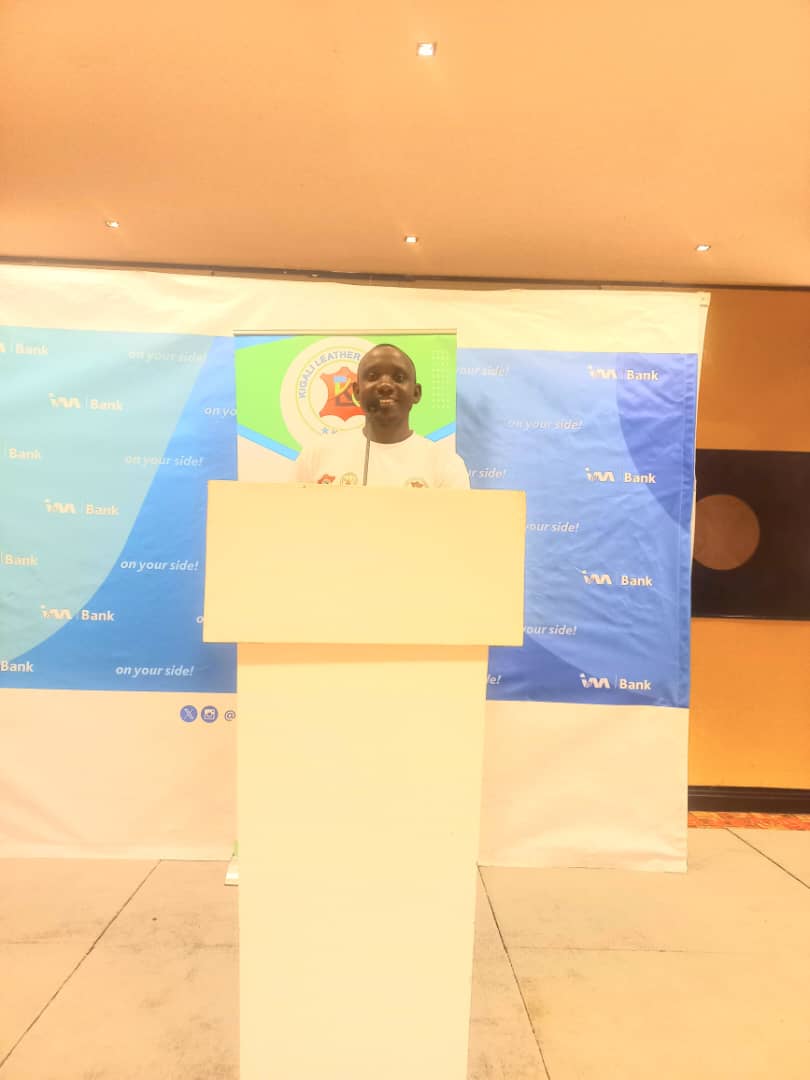f-Children
Category: Footwear
Competitions: Africa
My project aims to help parents who have jobs that do not allow them to be with their children, so that they can follow their children's lives and what happens to them on a daily basis. Creation sustainability We are in Africa, where in some areas children are kidnapped by wrongdoers or go missing due to war. The kidnappers may demand ransom, or because we are now in a digital age, a child can be lured into inappropriate activities due to a lack of awareness and understanding, which can lead to different forms of abuse. Innovation sustainability However, my project could provide a solution to this problem. A parent or guardian responsible for a child could use a GPS device placed in the child’s shoe, which would allow them to know the child’s location and rescue them in time, or it would make it easier for security agencies in their investigations. Environmental Sustainability 1. Eco-Friendly Materials Using recycled materials (like recycled rubber or plastic) Choosing 2. Durability Making shoes that last longer, reducing the need for frequent replacements and waste Economic Sustainability 1. Affordability Shoes should be affordable for families, especially in low-income communities. Prices should reflect good value for money—quality shoes that last. 2. Durability = Cost Savings Long-lasting shoes reduce the need for frequent replacements, saving money over time. 3. Job Creation and Fair Wages Producing school shoes should support local jobs and fair labor practices. Factories and businesses should provide safe working conditions and fair pay. Social Sustainability 1. Fair Labor Practices Ensuring that the people who make school shoes work in safe conditions, are treated with dignity, and receive fair wages No child labor or forced labor 2. Health and Comfort Designing shoes that are comfortable, safe, and appropriate for children’s physical development Preventing foot problems caused by poorly made shoes 3. Cultural and Gender Inclusiveness Designing shoes that are suitable for all genders, cultures, and school environments Respecting local customs and dress codes

